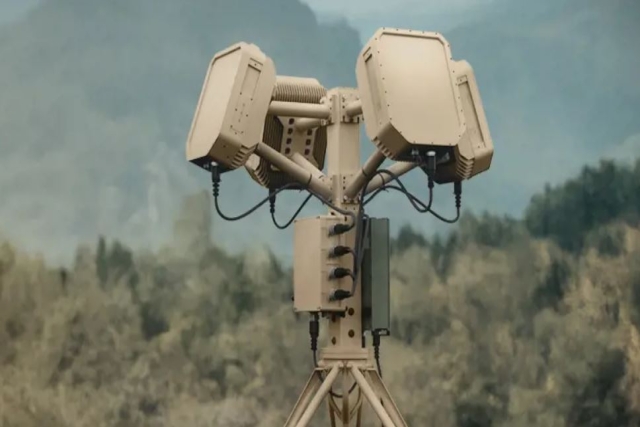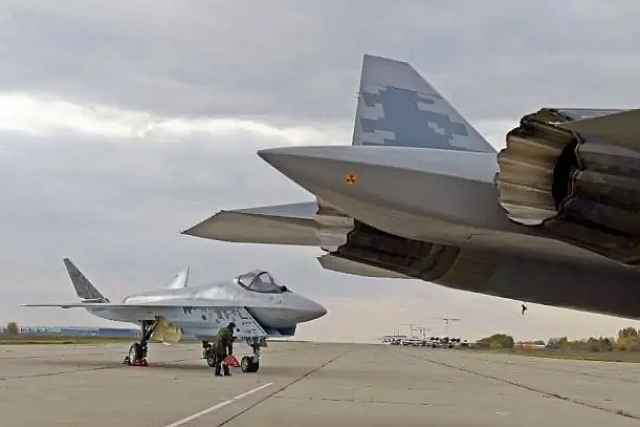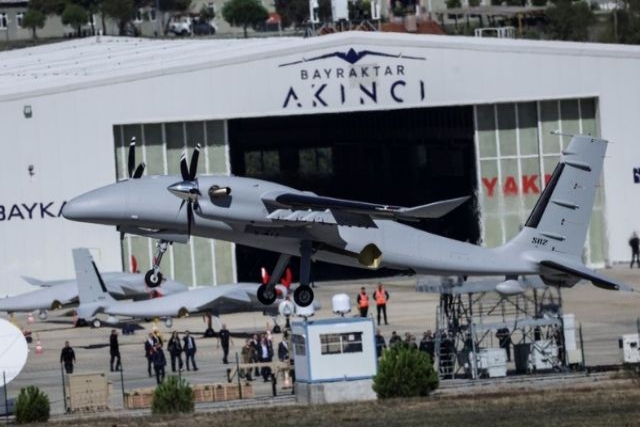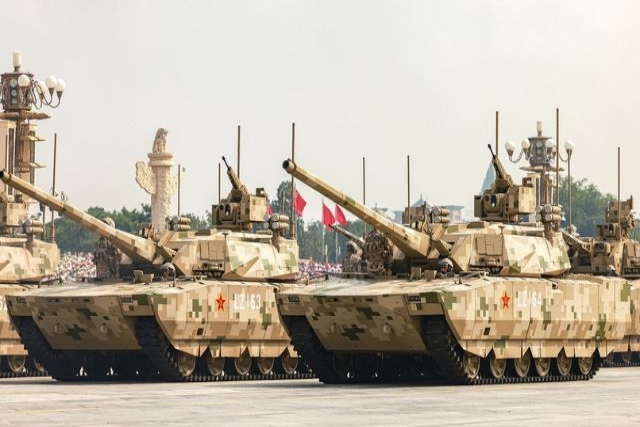Raytheon Wins Two Radio System Contracts From U.S. Army
Raytheon Company has won two contracts from the U.S Army; first being a modification contract for adding new capabilities to the Identification Friend or Foe interrogator and the second is for the EXF1915, an upgraded version of Enhanced Position Location Reporting System (EPLRS).
The first contract requires adding new Mode S interrogation capabilities to the Identification Friend or Foe interrogator to reduce Radio Frequency (RF) emissions and enhance target identification for the warfighter.
This new Mode S and passive receive capability will be initially integrated on the Air Traffic, Navigation, Integration, and Coordination System's (ATNAVICS) host platform, and has applications for other air defense systems.
"We understood that the warfighter needed an improved identification capability, so Raytheon is both increasing the capability of the interrogator system and reducing RF emissions," said Glen Bassett, director of Advanced Communication and Countermeasures for Raytheon's Space and Airborne Systems business.
The second contract requires jam-resistant, battlefield radio to transmit data securely over the air to the U.S Army’s Stryker combat vehicles, which has recently proved to do so by meeting the U.S. Army's need for a tactical wireless Internet via a vehicle-mounted mobile radio system.
The EXF1915 completed several months of continual, sustained secure data transmissions for the combat vehicles of the 4th Brigade 2nd Infantry Division Stryker Brigade Combat Team, or 4/2 SBCT.
When connected to the U.S Army's middle- and upper-tier networks, the EXF1915, known as the RT-1915, provides high-speed IPnetwork services for an entire brigade of Stryker and other combat vehicles.
Building upon the EXF1915 serving the lower tier, the MR-150, using the higher-bandwidth Next Generation Mobile Ad Hoc Network Waveform (NMW), could provide the Army with additional flexibility for its mid-tier networking requirements.
"EPLRS has served the Army well over the years, and now it can be converted to the new EXF1915 to help the service quickly and inexpensively network a fleet of combat vehicles," said Scott Whatmough, vice president of Integrated Communication Systems for Raytheon's Space and Airborne Systems business. "We've continually improved our radio technology and matured it to the point where we can offer a lower cost alternative for the thousands of already-equipped Army vehicles."









